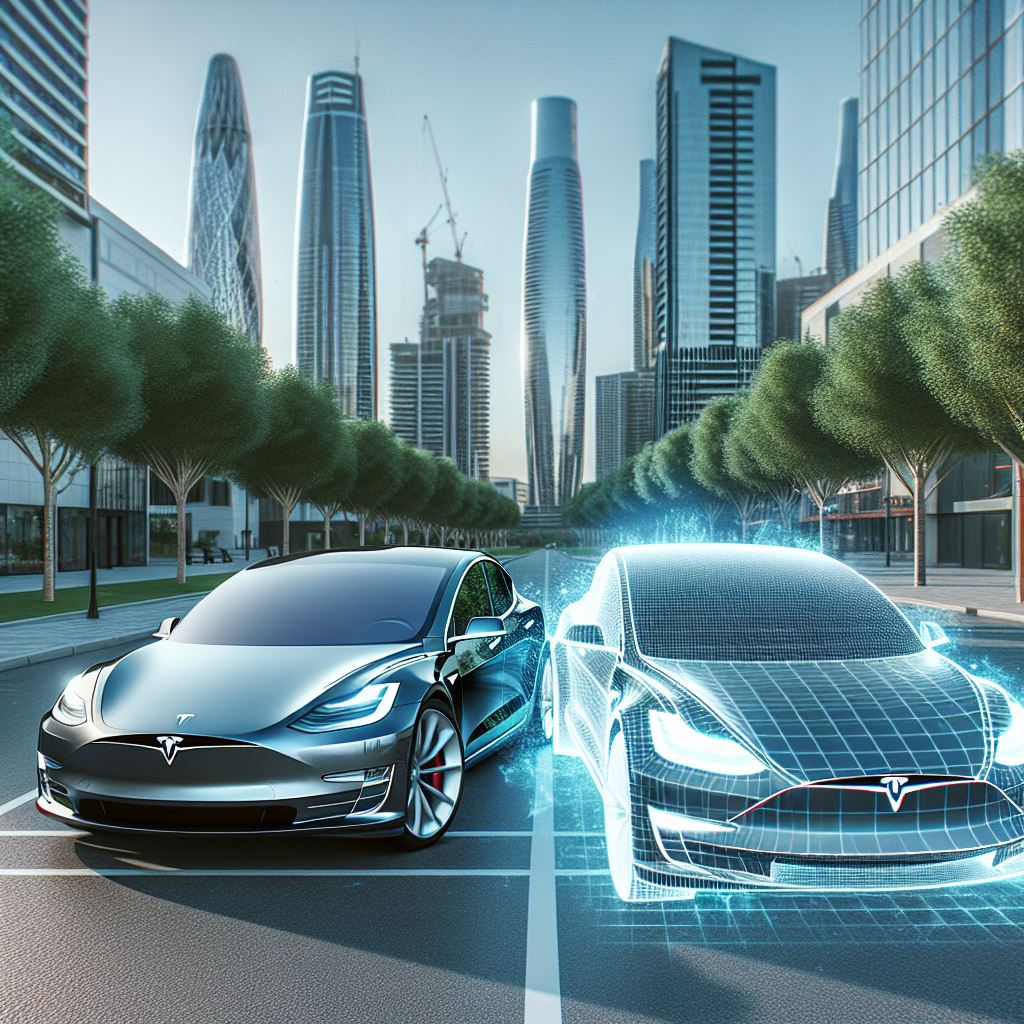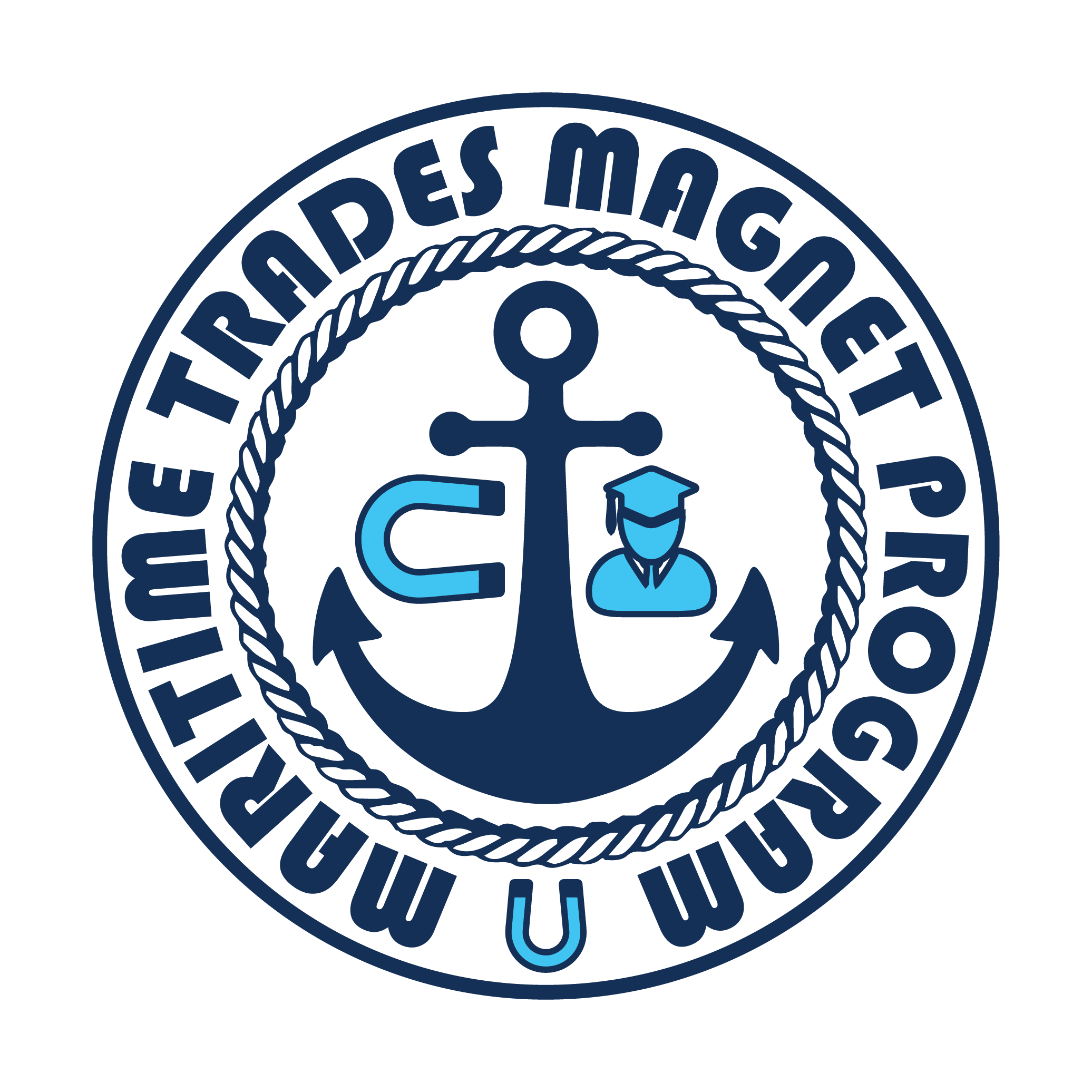A digital twin is a sophisticated technology that bridges the physical and digital worlds. At its core, it involves three main components: the physical entity, the digital model, and the data connections between them. The physical entity is the real-world object or system, such as a machine, building, or even an entire city. This entity is equipped with various sensors and devices that continuously collect data on its condition, performance, and environment.

The digital model is a virtual representation of the physical entity, created using the data collected from the sensors. This model is not just a static image but a dynamic, interactive simulation that mirrors the real-time state of the physical entity. The data connections between the physical entity and the digital model are crucial, as they enable the continuous flow of information. These connections allow the digital twin to update in real-time, reflecting any changes or anomalies in the physical entity. This real-time synchronization enables predictive maintenance, optimization of operations, and enhanced decision-making, making digital twins invaluable in various industries.

